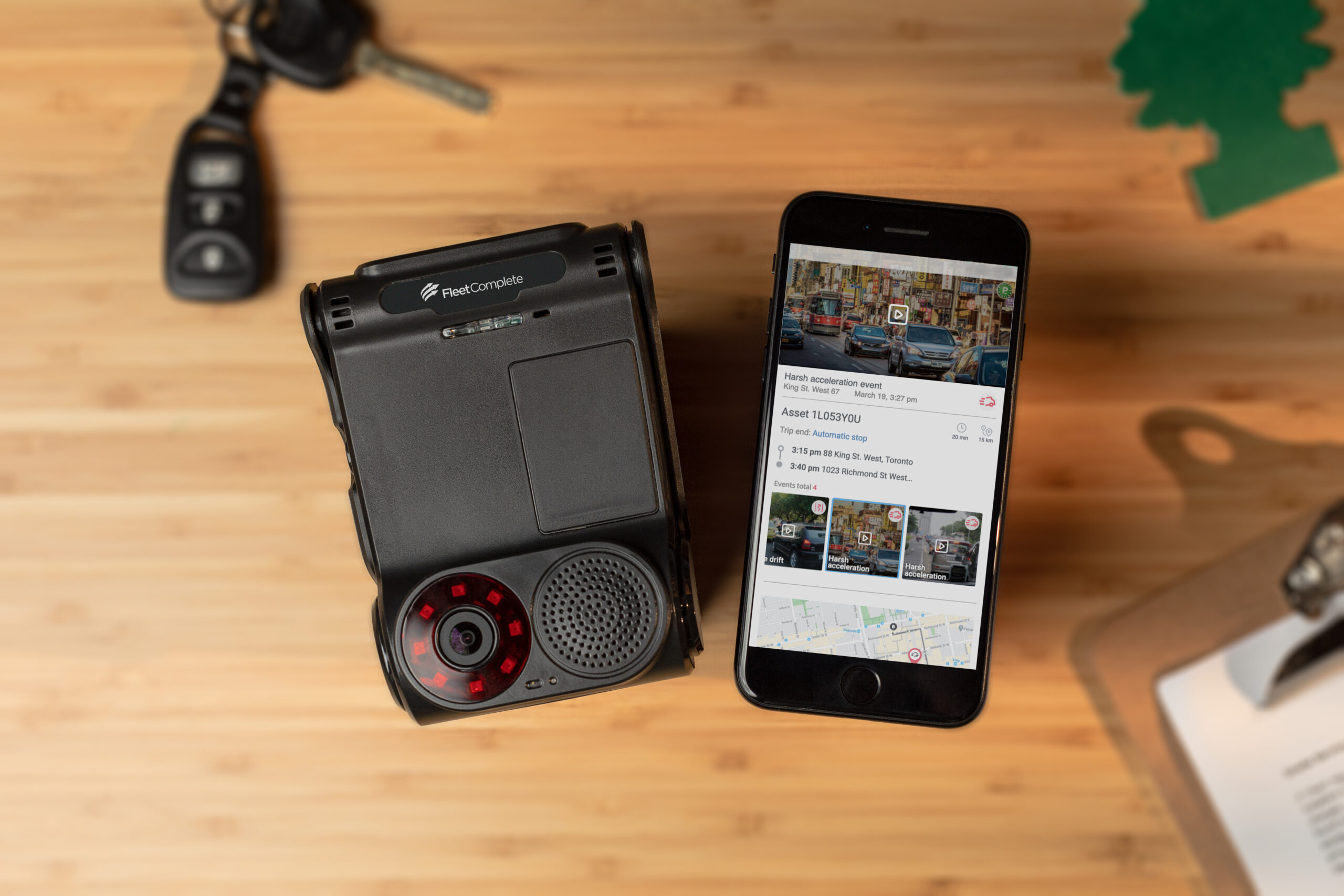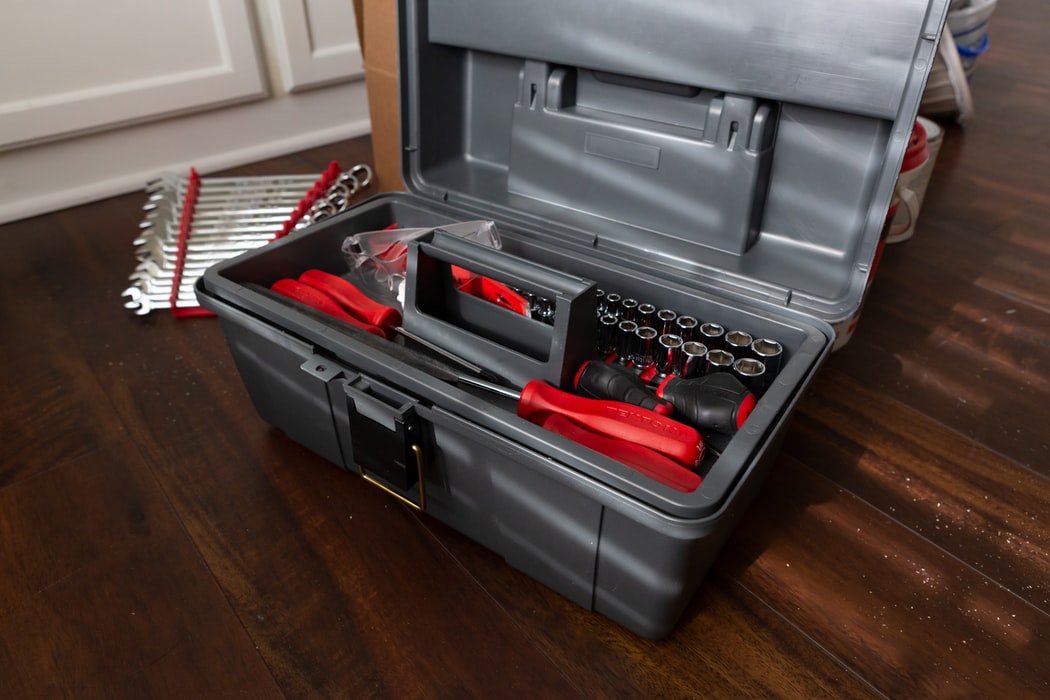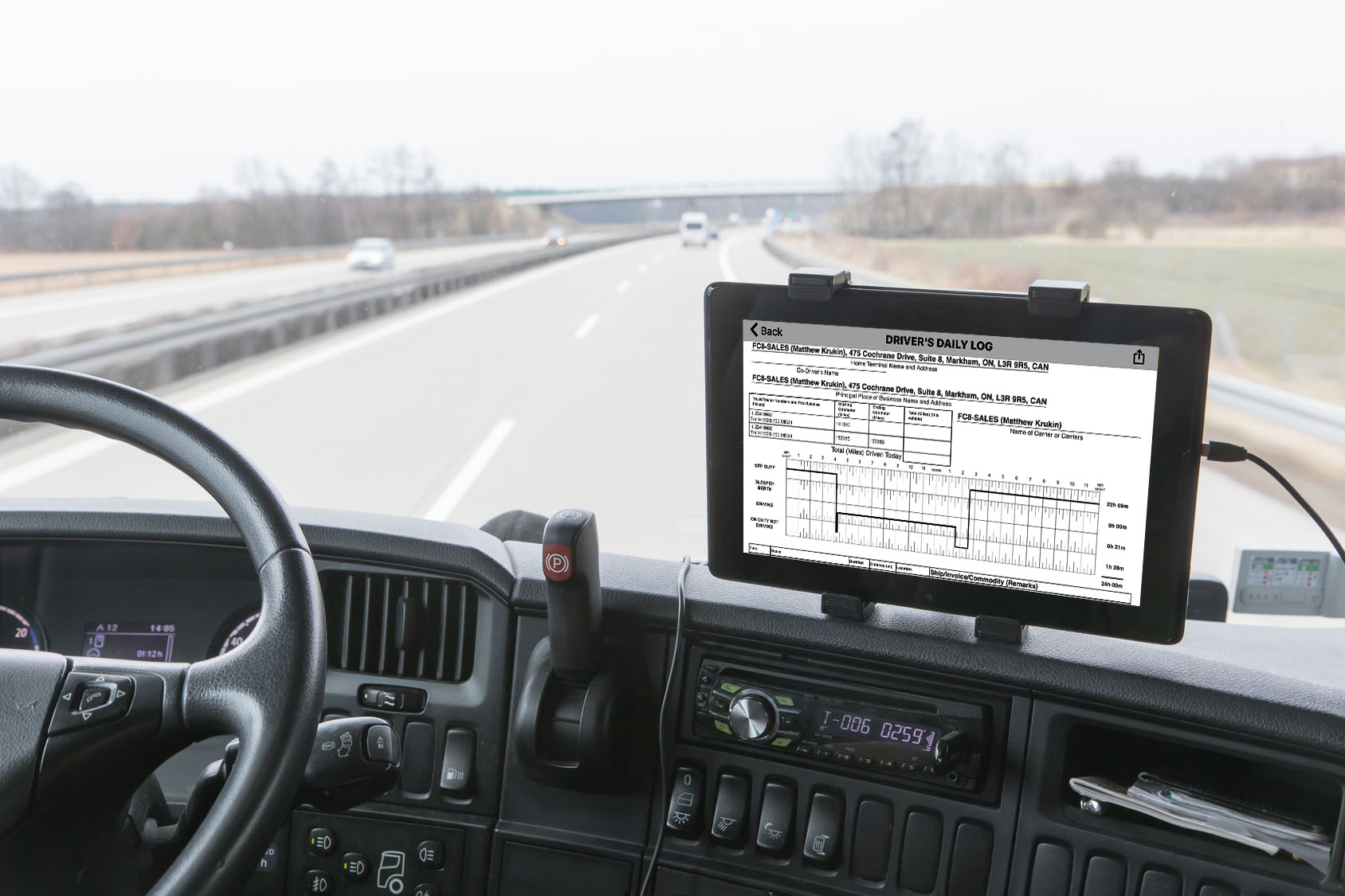Dear Marc,
One of my drivers has been driving and logged off duty this morning at 07:30 AM. He has no sleeper berth available as he was able to sleep during the trip down. He has to be in a parade but his shift reset is not until 9:00 pm tonight. The parade is about two hours and he has to be in it. How can we do this with an ELD?
Dear Reader,
One of the primary requirements to confirm is whether the carrier is relieving the driver of his responsibility while in the parade.
If the driver is free and clear to perform duties of his own volition, he can book off duty and/or personal conveyance. It would be in his best interest to document that fact in the remarks section of his log for future reference. Here is in-depth explanation of the use of personal conveyance.
Otherwise, the driver will have to claim on duty if not relieved of responsibility.
Bottom line, this is a grey area that you will have to manage to protect the driver and the company.
To begin, on duty time includes the following activities:
- All time at a plant, terminal, facility, or other property of a motor carrier or shipper, or on any public property, waiting to be dispatched, unless you have been relieved from duty by the motor carrier;
- All time inspecting, servicing, or conditioning any truck, including fueling it and washing it at any time;
- All driving time, as defined in the term driving time;
- All other time in or on a commercial motor vehicle other than:
(i) Time spent resting in or on a parked vehicle, except as otherwise provided in Section 397.5 of the Federal Motor Carrier Safety Regulations;
(ii) Time spent resting in a sleeper berth;
(iii) Up to 2 hours riding in the passenger seat of a property-carrying vehicle moving on the highway immediately before or after a period of at least 8 consecutive hours in the sleeper berth;
- All time loading, unloading, supervising, or attending your truck; or handling paperwork for shipments;
- All time taking care of your truck when it is broken down;
- All time spent providing a breath, saliva, or urine sample for drug/ alcohol testing, including travel to and from the collection site;
- All time spent doing any other work for a motor carrier, including giving or receiving training and driving a company car; and
- All time spent doing paid work for anyone who is not a motor carrier, such as a part-time job at a local restaurant. The bottom line is that on-duty time includes all time you are working for a motor carrier, whether paid or not, and all time you are doing paid work for anyone else.
What is On-Duty Time In a Commercial Motor Vehicle?
As an FYI, the Federal Motor Carrier Safety Administration (FMCSA) excludes from the definition of on-duty time any time resting in a parked commercial motor vehicle, with the driver relieved of all responsibility for the vehicle.
Also excluded is up to 2 hours in the passenger seat of a moving commercial motor vehicle, immediately before or after 8 consecutive hours in the sleeper berth. This rule continues to require drivers to take 8 consecutive hours in the sleeper berth, and allows them to take an additional 2 hours in the passenger seat when the vehicle is moving, without artificially confining them to the sleeper berth for the entire 10-hour period.
This option provides team drivers an opportunity to “keep the truck moving” by having driver ‘A’ drive for 10 hours (not consecutively with a 30-minute break required at the 8th hour) while driver ‘B’ obtains a full daily rest period without having to stay in the sleeper berth for 10 straight hours. Driver B can take 8 hours in the sleeper berth and 2 hours in the passenger seat to accomplish the required off-duty period. Then the drivers may change positions and keep the truck moving.
This reversal pattern could continue until either driver reaches the maximum limit of 60 or 70 hours on duty in any 7 or 8 day period. Please note that only the first 2 hours in the passenger seat of the commercial motor vehicle can be combined with the 8 hours in the sleeper berth to get the required 10 consecutive hours off-duty. Any hours spent in the passenger seat after these 2 hours count and must be properly logged as on-duty (not driving) time.



































































































